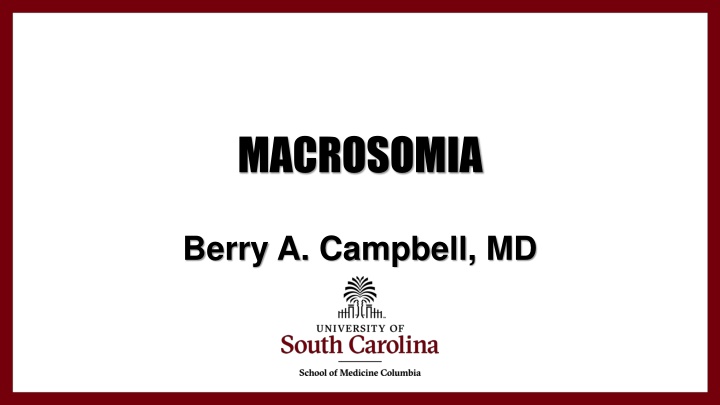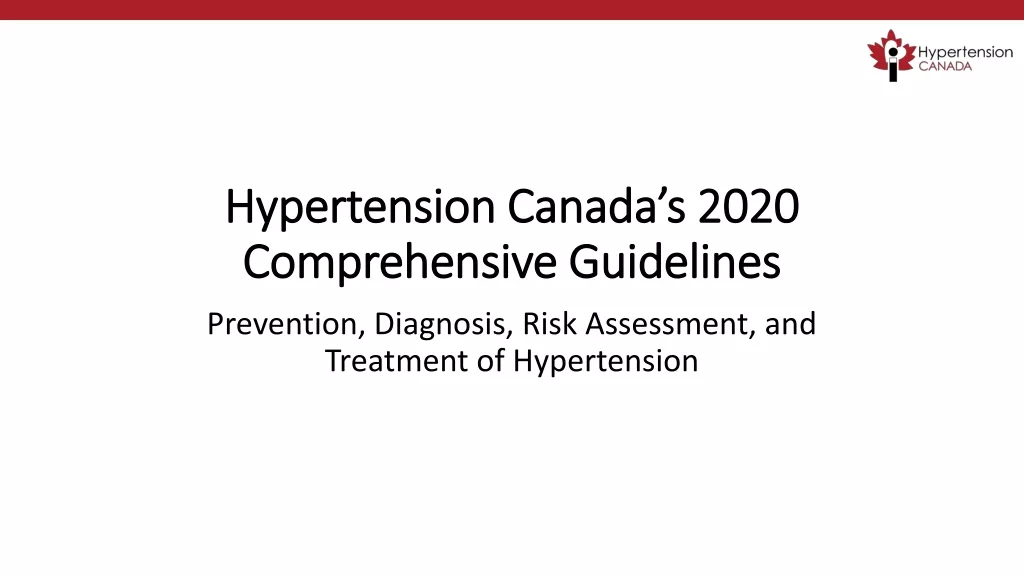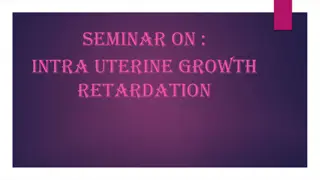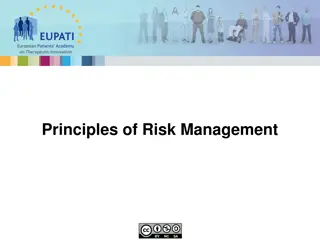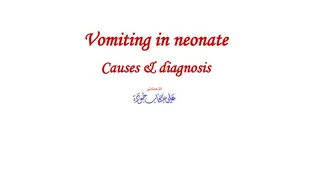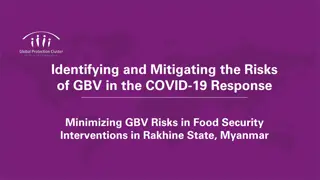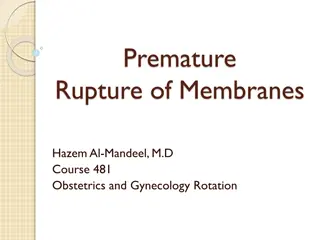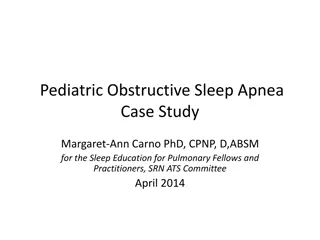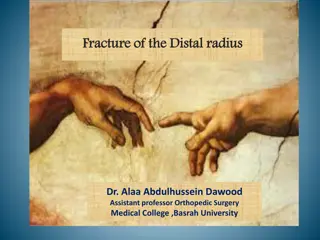Macrosomia: Risks, Diagnosis, and Management
Macrosomia, defined as a large fetal size, presents significant risks to both mother and baby. This condition is associated with factors like diabetes, obesity, and excessive weight gain. Diagnosis methods, including ultrasound and clinical palpation, have varying accuracies. Maternal morbidity risks, such as increased cesarean rates, postpartum hemorrhage, and shoulder dystocia, highlight the importance of careful management. Fetal morbidity risks, including shoulder dystocia and brachial plexus injury, further underscore the need for appropriate interventions. The decision to induce labor in cases of suspected macrosomia remains a topic of debate, with studies yielding inconclusive results on the optimal approach. While some suggest a possible reduction in morbidity with cesarean section, meta-analyses have shown no significant differences in cesarean rates but potential decreases in shoulder dystocia and fractures. Overall, strategic planning and individualized care are crucial in addressing macrosomia effectively.
Download Presentation

Please find below an Image/Link to download the presentation.
The content on the website is provided AS IS for your information and personal use only. It may not be sold, licensed, or shared on other websites without obtaining consent from the author.If you encounter any issues during the download, it is possible that the publisher has removed the file from their server.
You are allowed to download the files provided on this website for personal or commercial use, subject to the condition that they are used lawfully. All files are the property of their respective owners.
The content on the website is provided AS IS for your information and personal use only. It may not be sold, licensed, or shared on other websites without obtaining consent from the author.
E N D
Presentation Transcript
MACROSOMIA Berry A. Campbell, MD
MACROSOMIA Estimated fetal weight > 4000 or > 4500g Large for gestational age (LGA) weight > 90 percentile for GA
MACROSOMIA Macrosomia > 4000g 7.8% of liveborns in US 1% of liveborns > 4500g 0.1% of liveborns > 5000g Martin JA, et al. Natl Vital Stat Rep 2018
MACROSOMIA Risk Factors Diabetes (14% if n wt; 23% if obese) Obesity Excessive weight gain Prior macrosomia Post dates Genetics
MACROSOMIA Diagnosis Ultrasound 8% error if < 4000g 13% error if >4500g Clinical palpation superior Maternal perception (Multipara) best Chauhan SP et al. Obstet Gynecol 1998 Chauhan SP et al. J Perinatol 1995
MACROSOMIA -RISKS Maternal Morbidity Cesarean increased (2x higher if > 4500g) [Given actual or EFW] Postpartum hemorrhage OR 3.1 Chorioamnionitis OR 2.4 Shoulder Dystocia OR 7.1 and up Trauma OR 3
MACROSOMIA Fetal Morbidity shoulder dystocia > 4500g 9-14% > 4500g + DM 20-50% fractures brachial plexus injury
SUSPECTED MACROSOMIA To induce or not to induce Some show CS w/o lower morbidities Others show slight to no effect CS; morbidity effect Studies inconclusive
SUSPECTED MACROSOMIA 2 Meta analysis N= 1190 No difference in CS rates Decreased SD (OR 0.6) Decreased fracture (OR 0.2) No difference BP injury [used GA 37-39 weeks] Boulvain M, et al. Cochrane Database of Systemic Reviews 2016 Magro-Malosso ER, et al. BJOG 2017
SUSPECTED MACROSOMIA Reasonable to induce 39 weeks unless other indications earlier No large studies using 39 weeks GA
SUSPECTED MACROSOMIA Planned CS Goal: Reduce MM SD 4.0-4.5 kg = 2.6% 4.5-5.0 kg = 6.7% > 5.0 kg = 15% Overland EA, et al. Acta Obstet Gynecol Scand 2012
SUSPECTED MACROSOMIA Cesarean Vagaries of EFW EFW > 5000g, offer CS EFW > 4500g and DM, offer CS
SUSPECTED MACROSOMIA Cesarean Use of US EFW If done within 4 weeks delivery, CS risk If EFW > 4000g, CS rate by 25% (25 50% rate)
MACROSOMIA AND GDM/DM Diet + Insulin BW > 4000g from 21% 10% 14.3% 5.9% Meta analysis 73% reduction (OR 0.27) Crowther CA, et al. N Engl J Med 2005 Landon MB, et al. N Engl J Med 2009 Wei J, et al. Medicine 2016
MACROSOMIA -PREVENTION Exercise Low glycemic diet Bariatric surgery in obese ( 35 BMI) OR 0.4
MACROSOMIA -PREVENTION N = 3670 Exercise aerobic macrosomia 39% (OR 0.64) More than 1 type exercise (OR 0.46) Davenport MH et al. Br J Sports Med 2018
MACROSOMIA -PREVENTION Normal maternal weight Diet alone not as effective 20% maternal weight gain, no change macrosomia Overweight or DM women Diet + exercise macrosomia by 15%
MACROSOMIA -DIABETES LGA at 29-33 weeks diet + insulin Macrosomia risk 45% LGA diet only 13% LGA insulin + diet Buchanan TA, et al. Diabetes Care 1994
SUSPECTED MACROSOMIA Affect on labor Prolonged 1stand 2ndstages common If prolonged/arrest and > 4500g, SD Increased CS rates (planned & converted) Only 20% actual wt > 4000g Cheng ER, et al. Matern Child Health J 2015
SUSPECTED MACROSOMIA TOLAC Not a contraindication Failure rate higher if actual BW > 4000g Possible increased rupture risk (OR 1.5-2.6 using actual BW) Jastrow N, et al. Obstet Gynecol 2010
